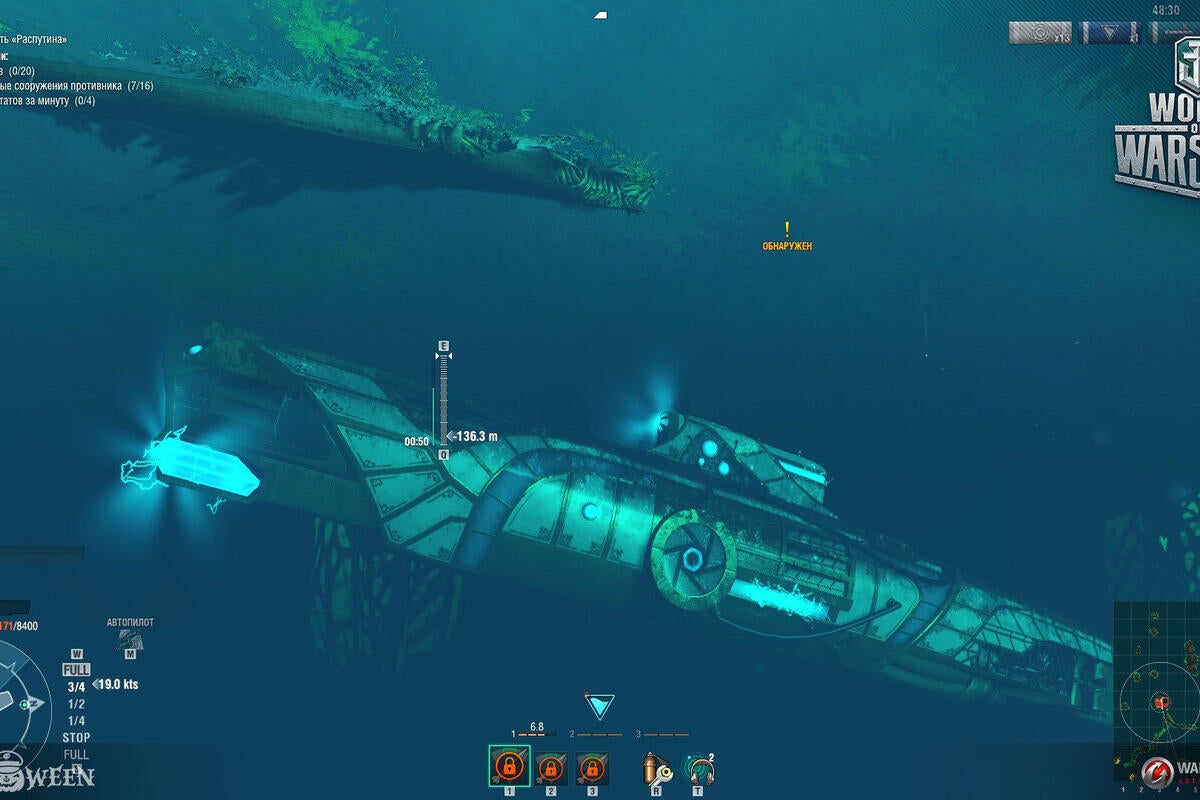

Canadian submariners honed their skills by serving in Royal Navy (RN) submarines around the world. Over the next five decades, the RCN commissioned only four submarines: Both submarines were eventually paid off (removed from service) and sold for scrap in 1920. Along with HMCS Shearwater, they were the first war vessels to use the Panama Canal under the White Ensign. They laid over in Halifax before proceeding on a mission to the Mediterranean. On June 21, 1917, HMCS CC 1 and CC 2 left Esquimalt. It was an early example of the strategic advantage for Canada of having submarines. However, the mere presence of the new submarines was a deterrent for enemy forces. They feared an attack, and the submarines reassured people. They had heard reports of a squadron of Imperial German Navy warships in the Pacific. Premier McBride is reported to have acquired the boats to calm his constituents’ fears. His Majesty’s Canadian Ships (HMCS) CC 1 and CC 2 had originally been built for the Chilean Navy. British Columbia Premier Richard McBride bought them from a Seattle shipyard at the outbreak of the First World War. On August 5, 1914, Canada got its first two submarines.

The history below highlights how our dedicated sailors have used these complex vessels to help defend Canada.

In that time, we commissioned 15 submarines. The Royal Canadian Navy (RCN) celebrated 100 years of submarines in 2014.


 0 kommentar(er)
0 kommentar(er)
